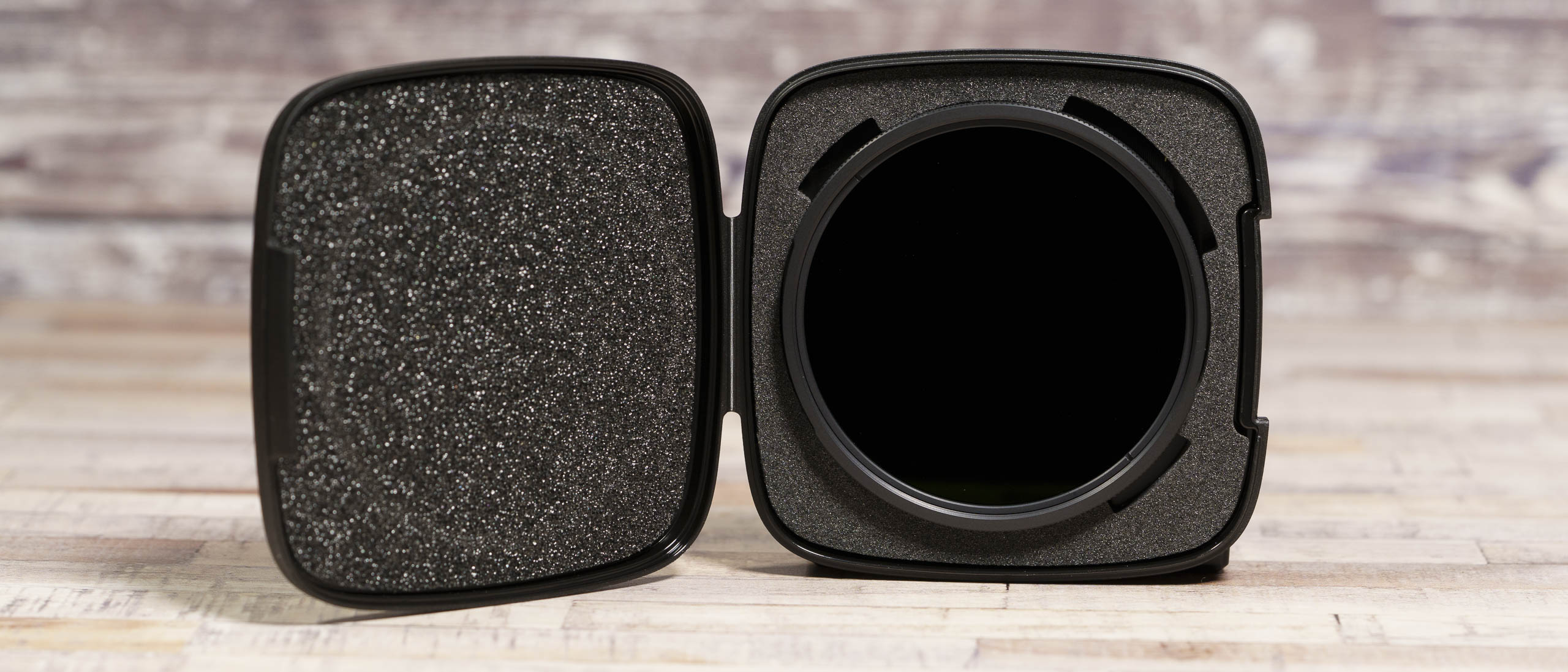Digital Camera World Verdict
While not quite as convenient to use as a magnetic filter, the Lee Filters Elements Big Stopper is highly portable and does away with the need for a filter holder. It offers the 10-stop light-cutting capability that we’re familiar with from the 100mm-type square Big Stopper, but also delivers that blue cast that we’ve come to expect and that many photographers say they love but others don’t.
Pros
- +
Excellent build quality
- +
Great optical performance
- +
Supplied with a protective case
Cons
- -
Only available in 4 sizes
- -
Expensive
- -
Blue colour cast
Why you can trust Digital Camera World
Lee Filters is one of the biggest names in filter manufacturing and its filters have been the go-to for many professional and enthusiast photographers for years. The company’s Big Stopper, a 10EV neutral density filter has become so well-known that many photographers use the name ‘Big Stopper’ for any 10EV filter.
Until relatively recently, Lee Filters only made square and rectangular filters, but in November 2021 it introduced the Lee Elements range, a collection of circular filters that screw onto a lens. There are five types of filter in the Lee Elements range including the Little Stopper (6EV) ND and Big Stopper (10EV) ND as well as two variable neutral density filters (VND 2-5 stops and 6-9 stops) and a Circular Polarizer (CPL). The filters are all available in 67mm, 72mm, 77mm, and 82mm screw-in sizes.
Lee Filters makes the Lee Elements Big Stopper from high-end optical glass with multilayer nanocoatings to make it resistant to scratches and help it shed water droplets and fingerprints, so it’s easy to clean.
Meanwhile, the frame is made from machined alloy and it’s designed to minimize vignetting.
The filter is supplied in a durable plastic case with a clear label that shows which size and type of filter is inside. That’s handy if you’re carrying several filters.
Specifications
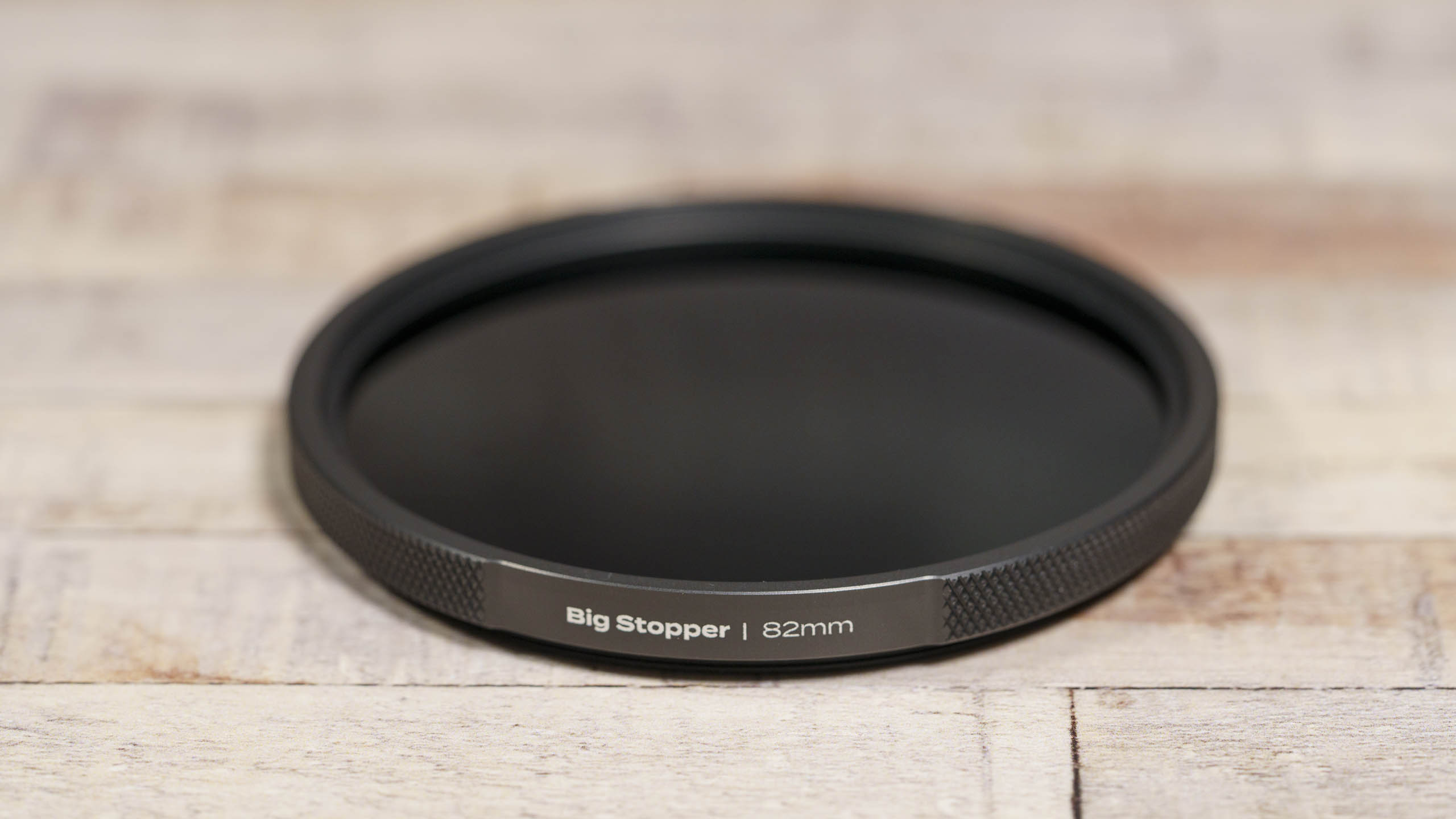
Size: 67, 72, 77, or 82mm
Mount: screw-on
Construction: aluminum alloy and glass
Build and handling
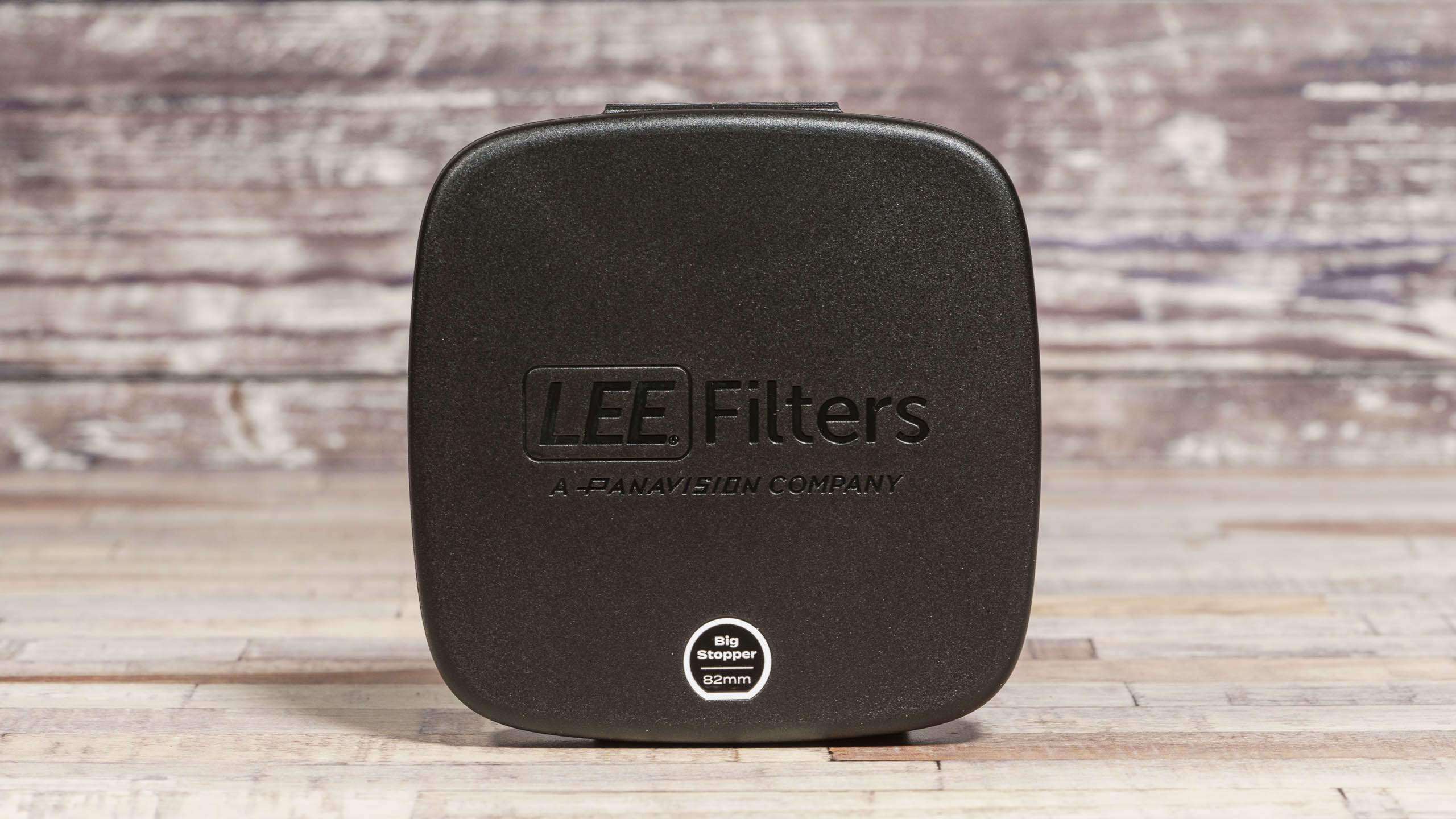
Lee Filters only makes the Lee Elements Big Stopper in four sizes, so you may not be able to get one to match all of your lenses. That needn’t be a problem, however, as it’s usually more cost-effective to buy the largest filter that you’re likely to need and then use step-rings to fit it on any lenses with a smaller filter thread. I tested the 82mm filter, which is the largest one available, and I mounted it directly on a couple of lenses and via step rings on lenses with 77mm and 72mm threads.
While it is quite deep in comparison with some other filters, the Lee Elements Big stopper also has a high-quality feel with superb machining. It has smart knurling that makes it easy to grasp as you thread it onto a lens.
It’s nice to have a protective case for the filter, but its plastic clip is quite stiff and difficult to open, especially with cold fingers. It’s also a shame that the case is only deep enough to house the filter by itself, it means you have to remove any step rings before you can store it.
Performance
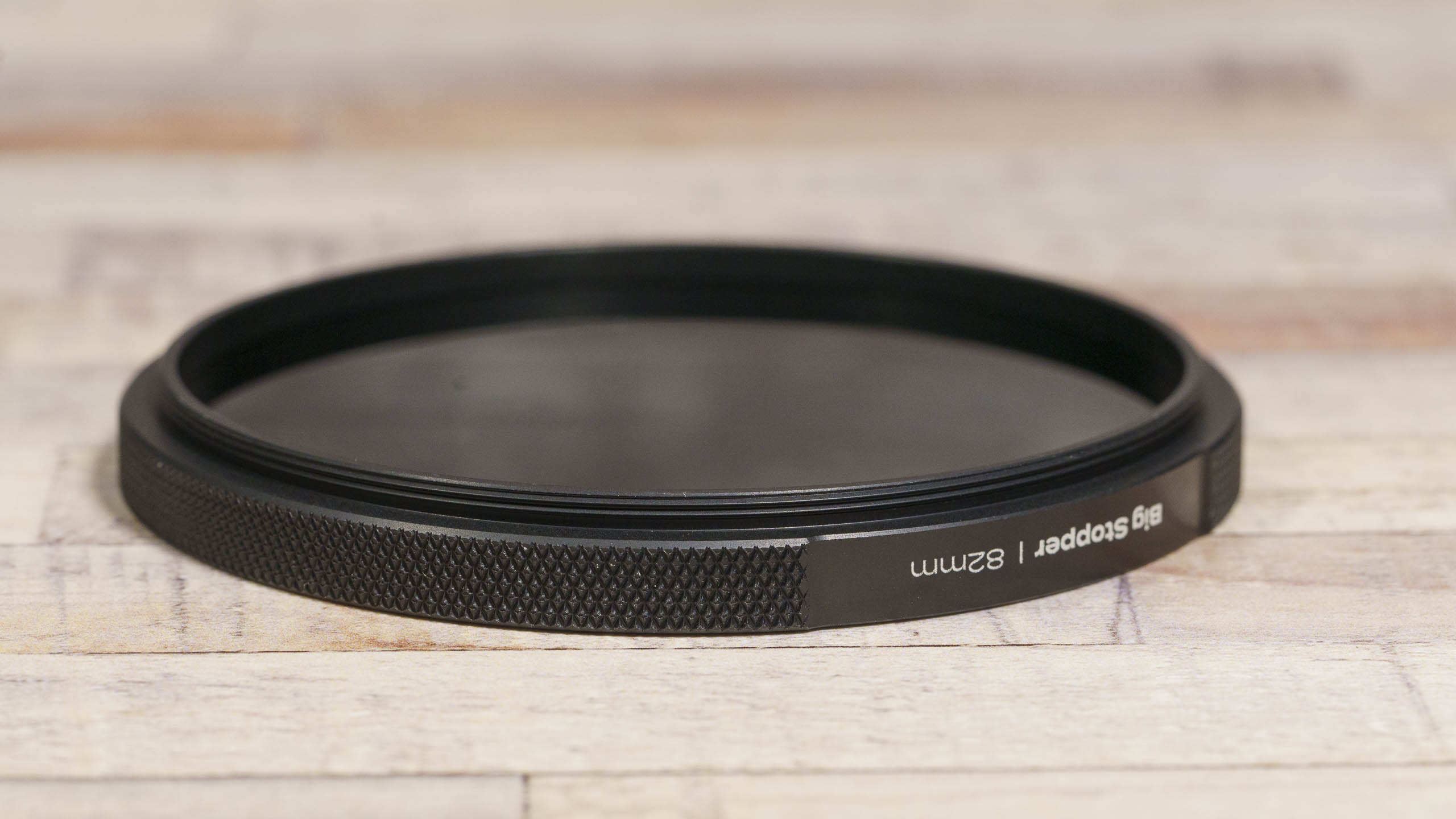
Checking my images captured using the 61MP Sony A7R IV reveals that the Lee Elements Big Stopper doesn’t have a noticeably detrimental impact upon the level of detail visible. And when the filter is mounted on the Sony FE 24-70mm F/2.8 GM, which has an 82mm filter thread, there’s no increase in vignetting at the 24mm end.
What is noticeable, however, is that the Big Stopper imparts a blue colour cast. This is a known feature of the Big Stopper since it was first introduced as a square filter for the Lee Filters Lee100 filter system. Some photographers profess to like it, but those that don’t can correct it using their image-editing software, ideally working on raw files.
The Big Stopper is designed to cut out 10-stops or 10EV of light to enable much longer exposures to be made in daylight. My tests confirm that it does this, enabling the movement of water or clouds to be blurred effectively.
Verdict
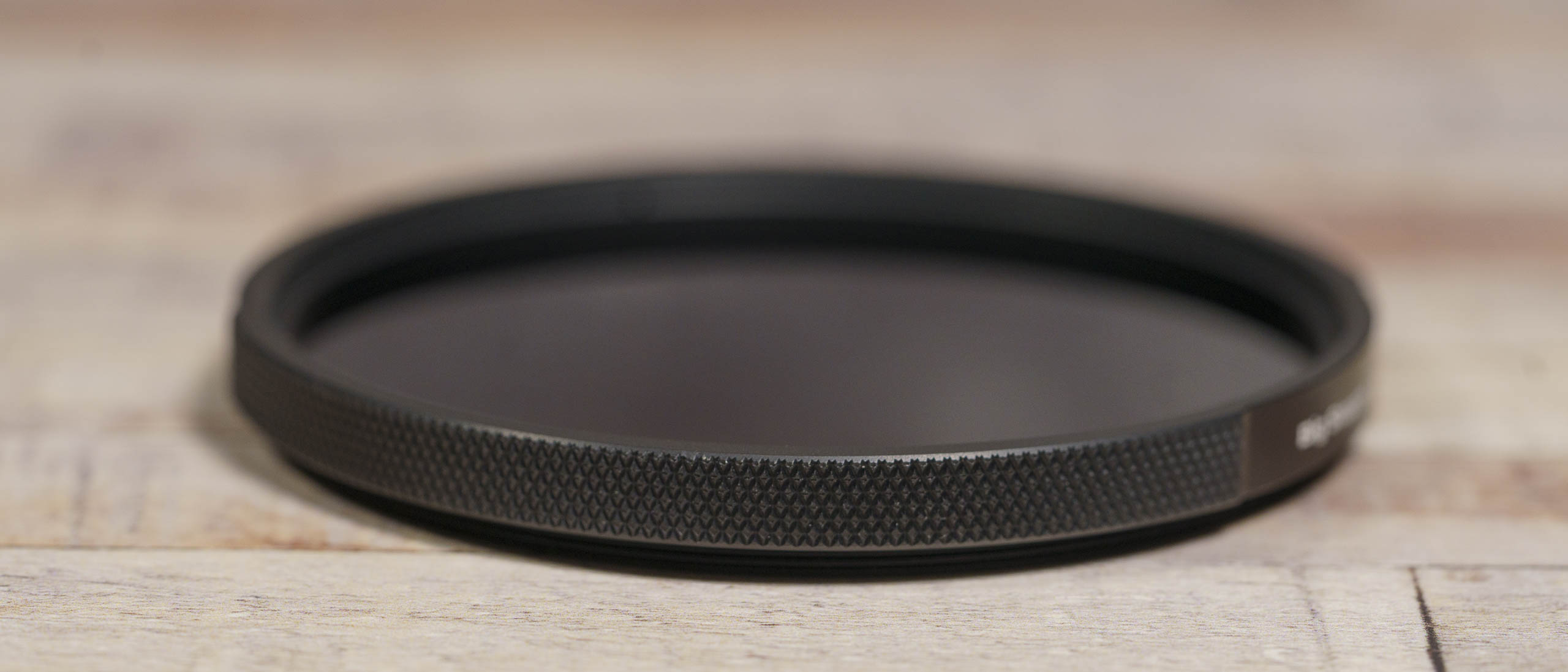
Lee Filter Big Stopper is the most well-known of all the 10-stop filters and many photographers regard it as the original and best, and are therefore prepared to pay the price premium. It is optically very good, but it also has a significant cooling effect on images. Fortunately, this can be addressed by setting a custom white balance, or by adjusting the image post-capture.
Physically, the filter is very well made, and it feels robust – but with other manufacturers moving towards magnetic filters, the screw-in design seems rather old-fashioned.
Read more:
• Best filter holders
• Best ND grad filters
• Best polarizing filters
• Best neutral density (ND) filters
• Best variable ND filters
• Best lens protection filters
• Best light pollution filters
• Best close up filters
• Camera filters explained
Angela has been testing camera gear from all the major manufacturers since January 2004 and has been Amateur Photographer’s Technical Editor and Head of Testing for Future Publishing’s photography portfolio (Digital Camera Magazine, PhotoPlus: The Canon Magazine, N-Photo, Practical Photoshop, Photography Week and Professional Photography magazines, as well as the Digital Camera World and TechRadar websites). She is the founder of SheClicks - a community group that encourages and supports female photographers.
